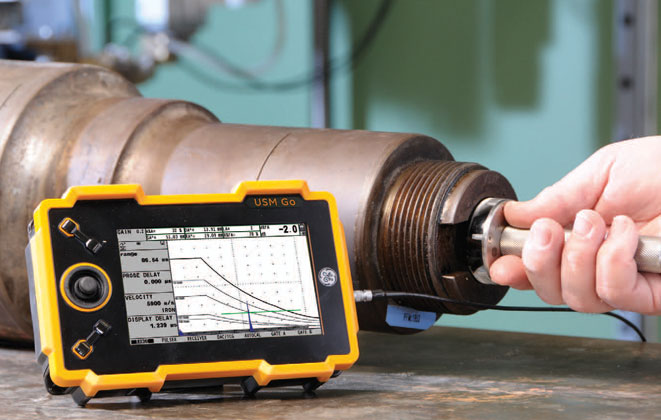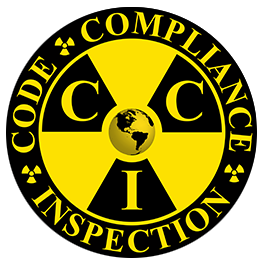Ultrasonic Testing Services : Ultrasonic Inspection Services
Ultrasonic Testing (UT) uses high frequency ultrasonic waves to detect surface breaking and internal imperfections, measure material thickness and determine acceptance or rejection of a test object based on a reference code or standard.
In simple terms, an ultrasound transducer is moved over the material being inspected, emitting pulsed waves of high frequency sound which travel through the subject matter and return to the transducer or a separate receiving device. Changes in the amount of sound received reveals imperfections in the subject material.

Pulse-echo and through transmission: In pulse-echo testing a transducer sends out a pulse of energy and the same or a second transducer listens for reflected energy, also known as an echo. Pulse echo is especially effective when only one side of a material is accessible. Through transmission is performed using two transducers on opposing sides of the specimen. One acts as a transmitter & the other as a receiver. Through transmission is useful detecting discontinuities that are not good reflectors & when signal strength is weak.
Normal/Angle Beam - Normal beam testing uses a sound beam that is introduced at 90 degrees to the surface, while angle beam utilizes a beam that is introduced into the specimen at some angle other than 90 degrees. The choice between the two is made based on:
- The orientation of the feature of interest so that the sound may produce the largest reflection from the feature
- Obstructions on the surface of the specimen that must be avoided
Some of the most common Ultrasonic applications are:
- Flaw detection (cracks, inclusions, porosity, delamination's etc.)
- Erosion/Corrosion thickness gauging
- Assessment of bond integrity
- Estimation of grain size in metals
- Estimation of void content in composites and plastics
Get with one of CCI experts to determine the proper ultrasonic application for your needs.

